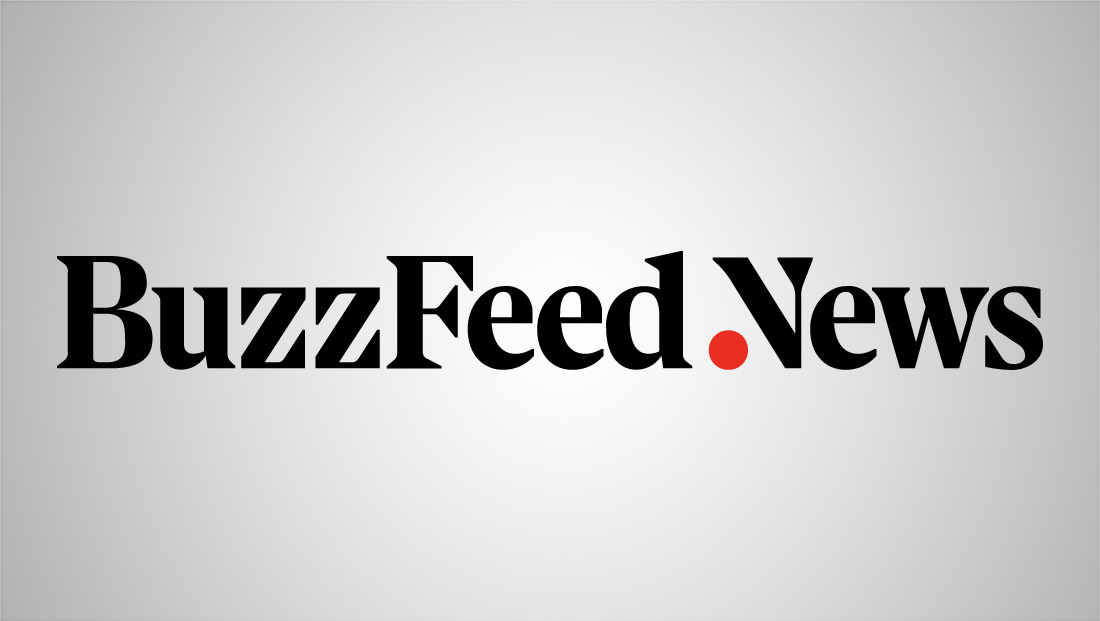Three top BuzzFeed News editors quit, a third of staffers offered buyouts as revenue falls
By MixDex Article may include affiliate links

Several top editors at BuzzFeed News resigned March 21, 2022, as the company looks to more job cuts to save money amid a deep drop in revenue in its first reporting since going public.
BuzzFeed News editor in chief Mark Schoofs will leave the company. Deputy Tom Namako, who was suggested as a possible replacement for Schoofs, is also leaving and plans to join NBC News Digital.
Also leaving is investigative editor Ariel Kaminer.
Samantha Henig, the company’s vice president of news strategy and operations will step into the EIC role until a replacement is named.
BuzzFeed News is a separate brand from its namesake BuzzFeed, the site known for its quizzes and listicles. BuzzFeed News was created with the idea that the company could capture eyeballs from its large audience with serious coverage of hard news as well.
BuzzFeed went public on the NASDAQ in December 2021, and news of the resignations and more cuts to come came as the company reported its first financial results as a public company.
Those reports were discouraging. In 2021, the company brought in $398 million in revenue.
Despite the fact that the financials show a profitable company, the big concern is that it missed its financial targets significantly.
That is over 30% less than the projected $520 million. Going forward, revenue is still expected to be down in the first quarter of 2022, but by a low single-digit percentage over 2021.
After the financials were released, BuzzFeed News announced it would be offering about one third of the 100 people who work for the brand voluntary buyouts. It’s not immediately clear how many of those were accepted or will be in the coming days.
Other changes include more integration with lifestyle brand Complex Networks, a $300 million acquisition BuzzFeed completed as part of its IPO. The company also plans to focus more on short form video, streaming and ecommerce.
Advertising sales for both companies will also be combined, though it wasn’t clear how many positions might be eliminated due to that consolidation.
BuzzFeed’s IPO was accomplished using what’s called a special purpose acquisition company called 890 Fifth Avenue Partners, named for a New York City building that is seen in film and TV as the fictional headquarters of the Avengers.
SPACs are often created for the sole purpose of acquiring a public company. The SPAC’s funds are publicly held but can be withdrawn by the investors who put the money in before it’s used in an acquisition. This is often done when funders get cold feet about the IPO’s prospects, something that appeared to happen with BuzzFeed’s SPAC driven IPO.
BuzzFeed is facing a lawsuit filed by approximately 80 current and past BuzzFeed staffers over how the IPO was structured and allegedly mismanaged, something that they claim cost them millions of dollars in relation to their stock options.
BuzzFeed bought HuffPost from Verizon in 2021 and started cost cutting measures, including layoffs, shortly after the deal closed.
Popular Searches
- TV Industry News
- Broadcast Engineering News
- Broadcast Design News
- TV Talk Shows
- TV Syndication
- TV Advertising
- TV News Jobs
- TV Industry Mergers and Acquisitions
- TV Anchors
- Cable News
- Late Night TV
- TV Syndication News
- Broadcast Industry News
- TV News Drone Journalism
- TV News Augmented Reality
- TV Weather Forecasting
- TV News Journalism
- TV News Ethics
- OTT News
- News About NBC
- News About CBS
- News About ABC
- News About CNN
- News About MSNBC
- News About Fox News

